TARA-I Team Antariksh Rocket Attempt-1


CLASS
Sounding rockets are one or two stage solid propellant rockets used for probing the upper atmospheric regions and for space research. They also serve as easily affordable platforms to test or prove prototypes of new components or subsystems intended for use in launch vehicles and satellites. The weight of the payload in these rockets ranges from about 2 to 100 kg. The TARA-I rocket is a step towards providing a platform for carrying out innovative research & experiments for up to 4 kg of payload capacity.
HISTORY
The launch of the first sounding rocket from Thumba near Thiruvananthapuram, Kerala on 21 November 1963, marked the beginning of the Indian Space Programme. Sounding rockets made it possible to probe the atmosphere in situ using rocket-borne instrumentation, and the rest is history.
Insight 1

The maiden rocket launch of Team Antariksh, Insight 1, proved to be an invaluable learning opportunity, marking our first foray into this domain. Taking place on April 2, 2023, the launch proved to be a resounding success, with the rocket reaching an impressive apogee of 117 meters. This achievement has inspired us to further dedicate ourselves to honing our skills and knowledge, aiming to surpass this milestone and reach even greater heights in our future endeavors.
Insight 1.5
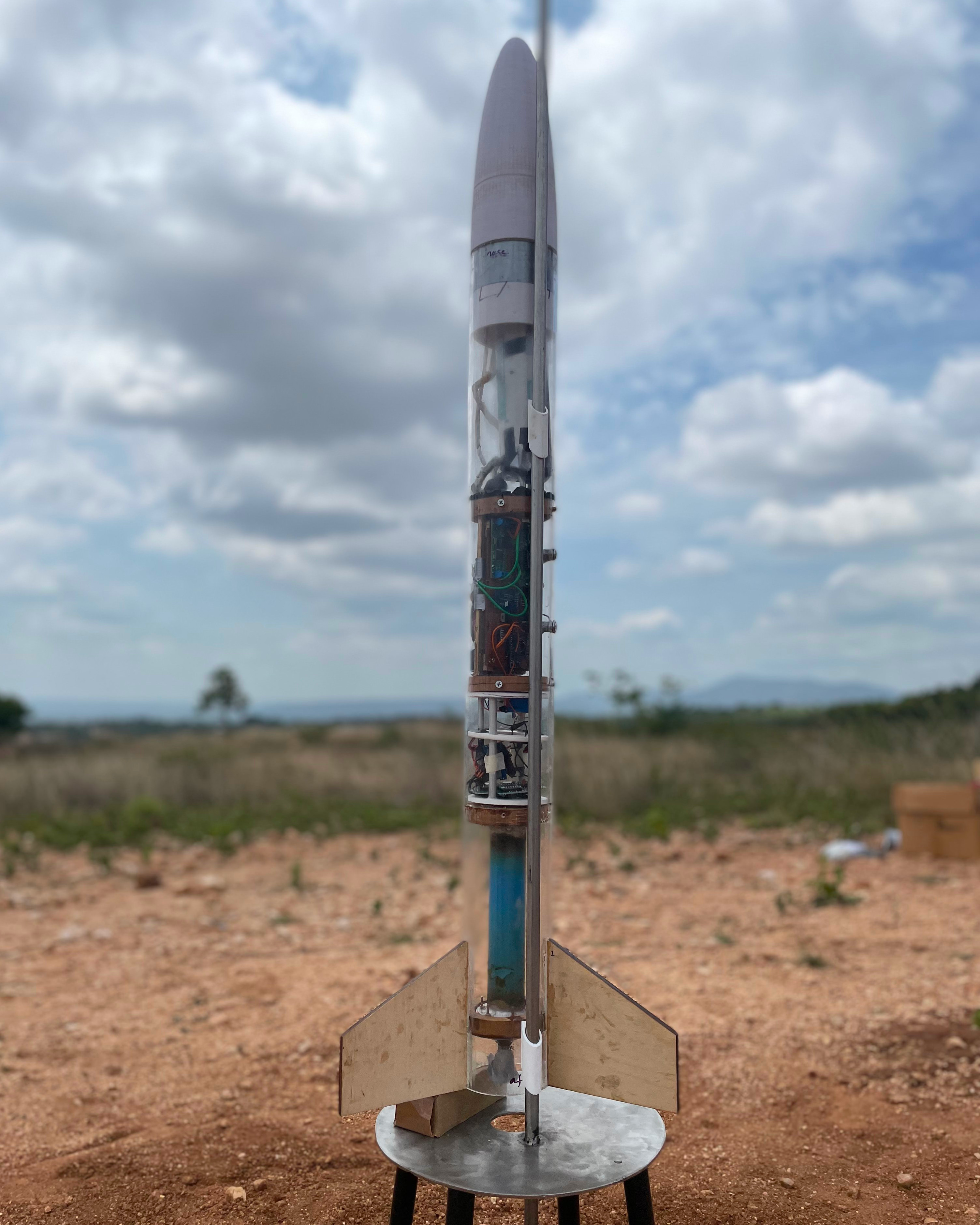
Insight 1.5, Team Antariksh's second rocket launch, took place on July 1, 2023. It reached a peak altitude of 208 meters, surpassing the achievements of Insight 1. The entire experience was exhilarating and provided us with valuable lessons. The data collected from the Insight 1.5 launch has proven to be of great value, significantly contributing to our preparations for the upcoming launch in Brazil. Armed with the knowledge acquired from both Insight 1 and Insight 1.5, we are now better equipped and more confident to embrace new challenges as we continue our journey of exploration in rocketry.
Insight 2
Insight 2, our rocket designed for the Latin America Space Challenge, took flight on August 24, 2023. Through this launch we successfully accentuated India on the world map of rocketry. Our high-powered rocket Insight Mk-2, housed a solid propulsion system, an energy harvesting system as our payload, a dual-deployment recovery approach and an avionics bay embodying a live telemetry system and parachute ejection mechanism. Though the rocket's flight was not as intended, we believe that the insight and exposure we gained in this challenge overshadowed our errors.
SPECIFICATIONS
| Rocket | Insight 2 |
| Mission Type | Experimental Sounding Rocket |
| Organization | RV College of Engineering |
| Payload capacity | 1 kg |
| Dry Mass | 10 kg |
| Altitude | 3300 feet AGL (Above Ground Level) |
| Expected launch date | 24-27 August 2023 |
Spaceport America Cup
TARA-I is the first rocket that will be manufactured in-house by a team of 100+ members. We aim to make our presence felt and leave a mark on the world at the Spaceport America Cup 2024, Las Cruces, New Mexico, USA.

SPECIFICATIONS


| Rocket | TARA-I |
| Mission Type | Experimental Sounding Rocket |
| Organization | RV College of Engineering |
| Payload capacity | 4kg |
| Dry Mass | 24kg |
| Altitude | 10,000 feet AGL (Above Ground Level) |
| Expected launch date | June, 2024 |
MISSION
TARA-I will be carrying a payload of 4kg in mass, which will constitute of an electro-mechanical experiment. This experiment will pave way for various new and innovative methods for industrial testing of High Power Batteries, being used for spacecraft applications. The payload is the most essential part of our rocket, both for the Spaceport America Cup, as well as for further R&D. The results obtained from these experiments and the research carried out to accomplish this feat serves as the knowledge base for further upcoming student rocket teams and RV College of Engineering provides a great platform to explore and learn such a crucial part of space technology.
Yes, IT IS ROCKET SCIENCE!
Subsystems
In order to ensure the competition readiness and standards, TARA-I is being developed under 5 well-functioning subsystems
-
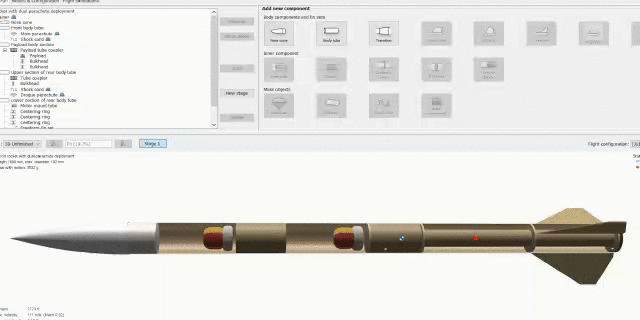
Aerostructures
assets/img/universe/airframe2.gif
Aerostructures
-
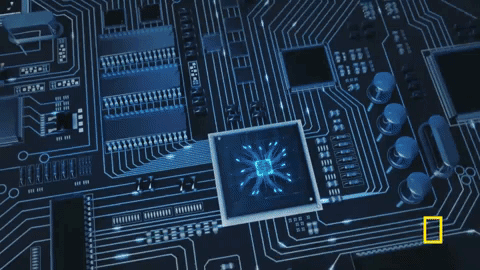
Avionics
assets/img/universe/cdap.gif
Avionics
-
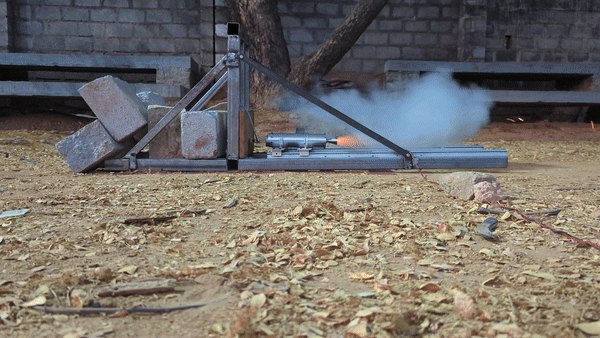
Propulsion
assets/img/universe/propulsion6.gif
Propulsion
-

Recovery
assets/img/universe/recovery.gif
Recovery
-
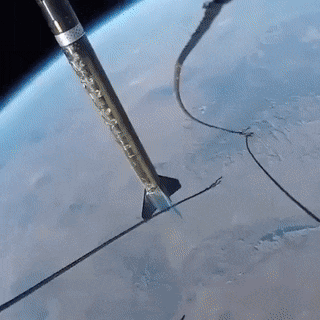
Payload
assets/img/universe/Payload.gif
Payload


Close Modal
